Biomolecules in food
Lessons
# Biomolecules introduction
Students record information about biomolecules from the video Macromolecules Gone Wild. This could be used as a review or an introduction. Students may check their answers using the Biomolecules Chart Key.
Files
# Carbohydrates (starch)
Students create BBQ sauce and examine the effect of cooking on starch molecules in the diluted sauce.
Files
# Protein (gluten)
Students compare different types of flour to identify the differences between each in texture, starch content and gluten complex.
Files
# Career connection: Food science
Students watch a career video about food science careers. This video has an option to be viewed with an interactive player.
Files
Teacher background
Food products are incredibly complex. Consumers go to the grocery store, pick out what they like and take it home to eat it…that seems simple. However, what about the ingredients in the foods? How do those ingredients interact with one another and how do food processing companies make foods that consumers like utilizing different biomolecules? How do the ingredients get used in different ways to create the flavors consumers love?
Approximately 1,300 facilities in the state are involved in food manufacturing. Ohio hosts 431 bakery and tortilla sites, 257 beverage makers, 89 sugar and confectionary plants, and 67 dairy processors. There are nearly 100 food packaging companies that package those products and warehousing and distribution are critical to delivering fresh products to grocery store shelves.
In order to keep creating nutritious foods, several food and agribusiness companies have dedicated research and development facilities in the state, and most every Ohio food manufacturing company maintains vital product development centers. Many companies, including T. Marzetti and affiliated brands, Tyson, Nestle, J.M. Smucker, and Kroger, have significant investments in facilities and people dedicated to the science of food, from safety to taste to nutrition.
This food manufacturing and processing network provides thousands of jobs across the state from food technicians who supervise the recipes to flavor chemists who are creating new flavors, to microbiologists who are making sure the packaged products are safe to eat. Warehouse workers pick the orders and load the trucks. Truck drivers and logistics teams make sure products are delivered on time. Grocery store workers then unload and display the foods for consumers to buy.
This unit illustrates the properties of different packaged products and how they compare. Teachers are invited to create experiments of their own using carbohydrates, lipids and proteins to extend student learning.
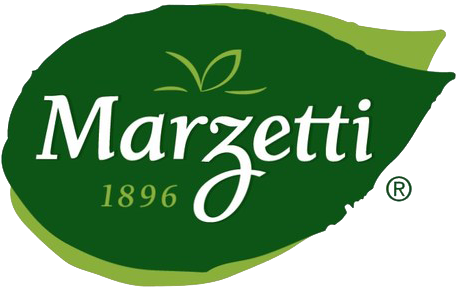
Next gen science standards
Science and engineering practices
- Asking questions (for science) and defining problems (for engineering)
- Obtaining, evaluating, and communicating information
- Analyzing and interpreting data
Crosscutting concepts
- Cause and effect
- Energy and matter
- Structure and function
Disciplinary core ideas/content
- LS1A Structure and Function
- LS1C Organization for matter and energy flow in organisms
- ETS1C Optimizing the design solution
- ETS1B Developing possible solutions
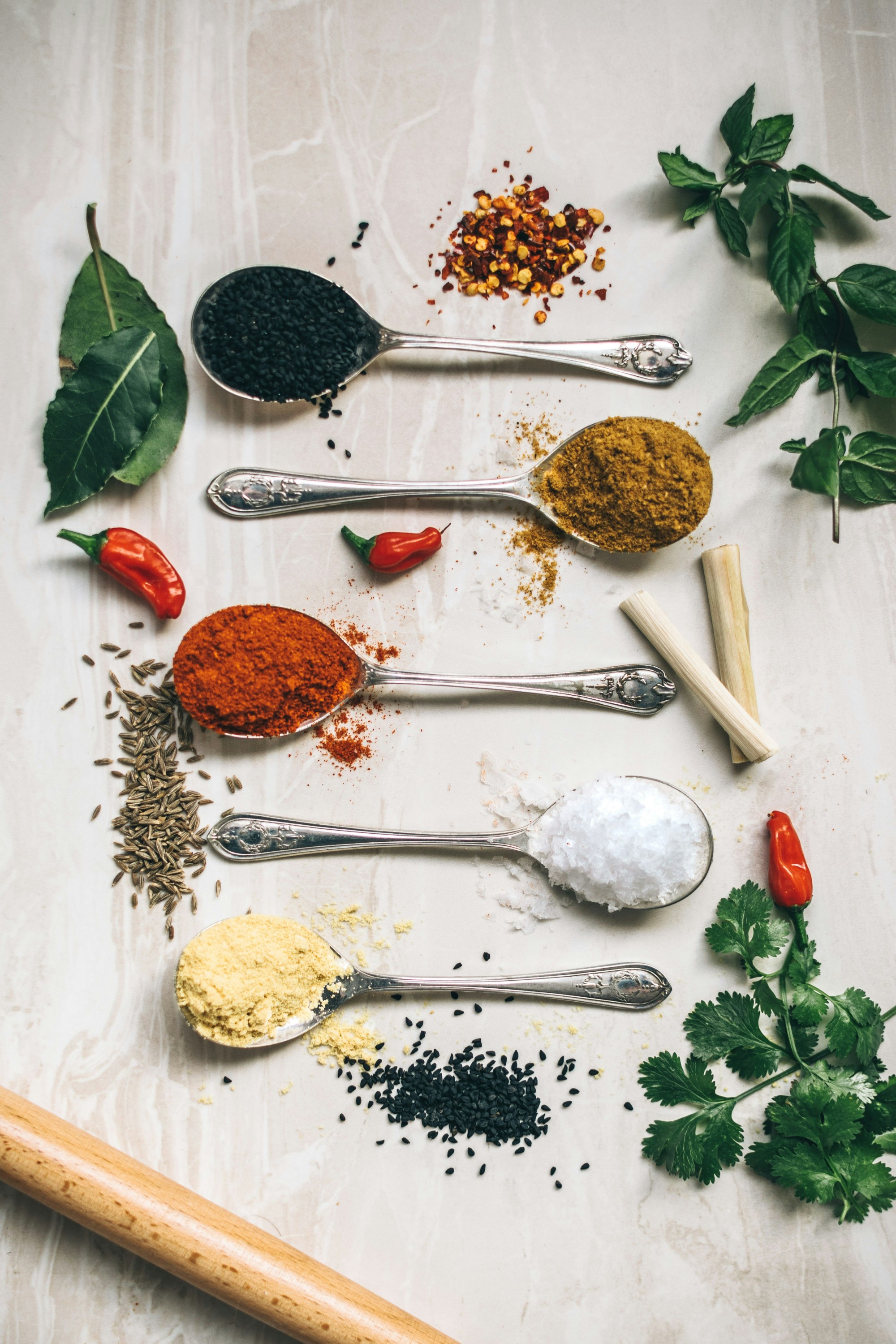
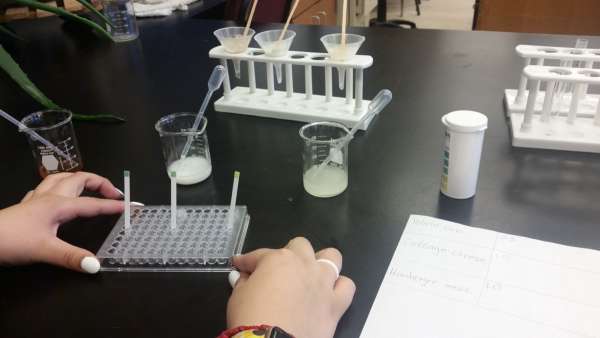
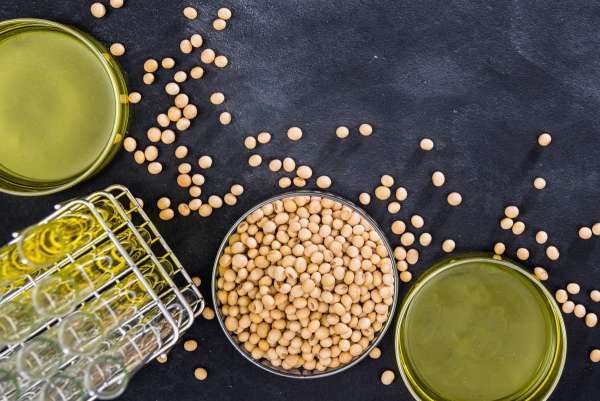
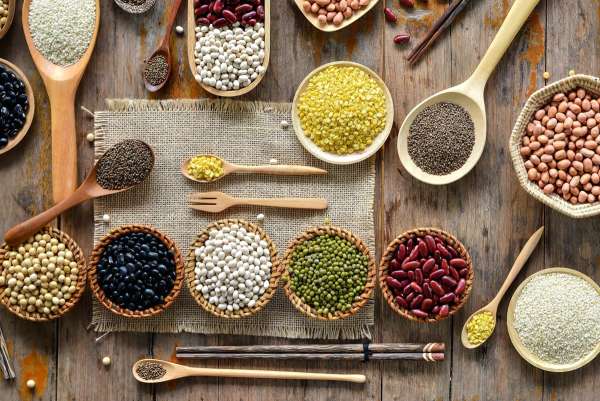
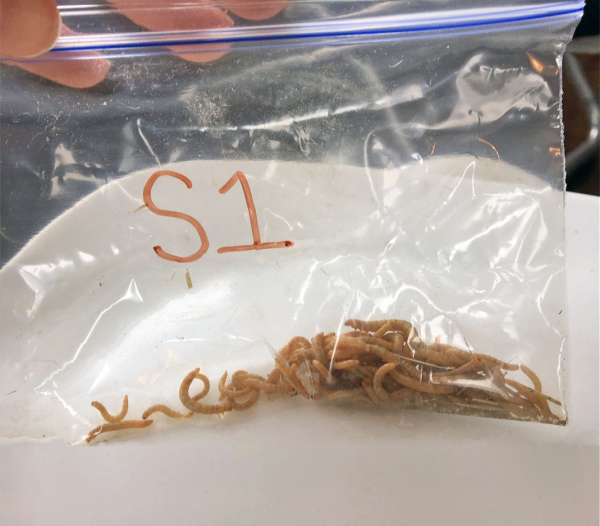
Share this